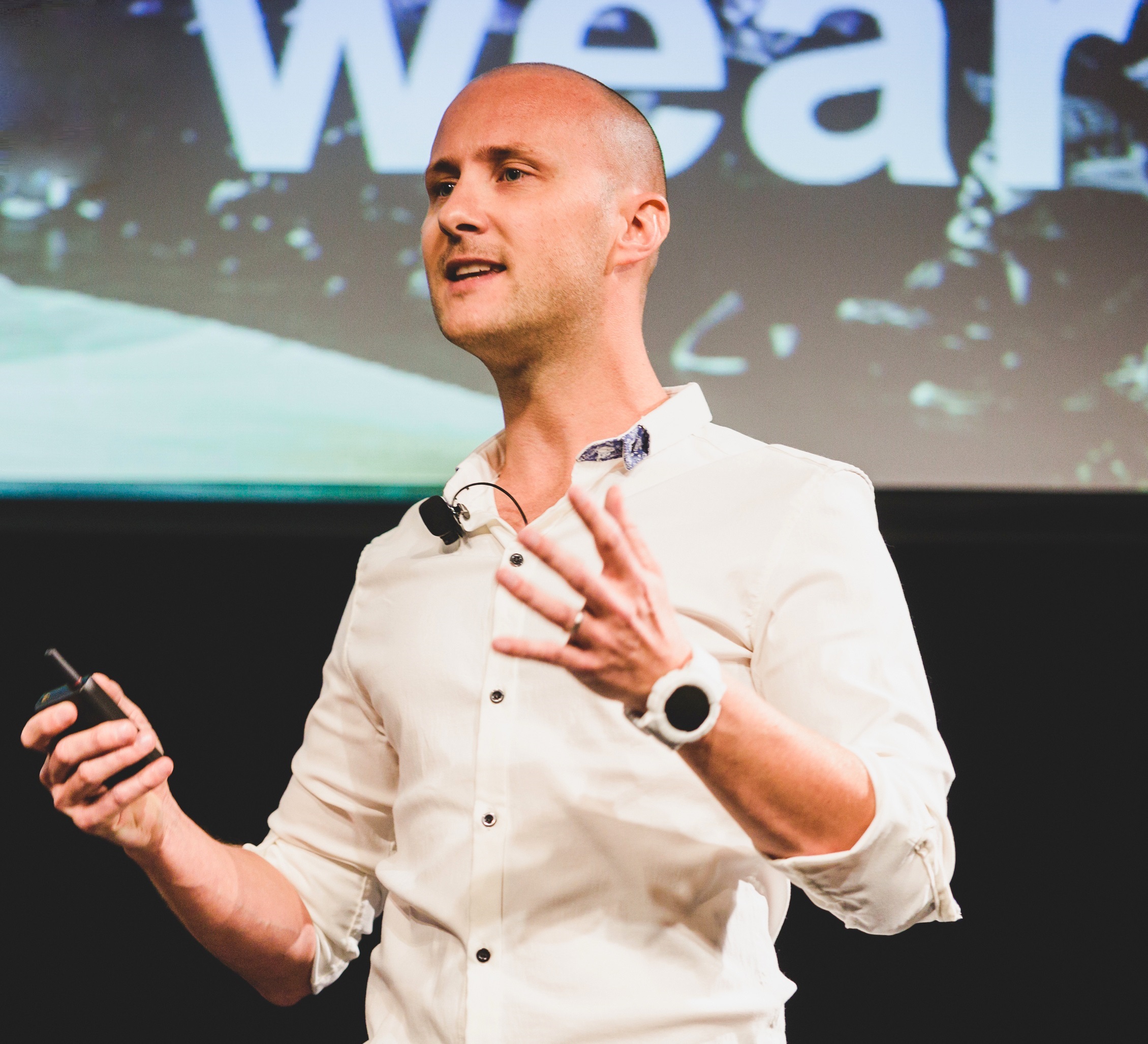Laurent Le Pen – 深圳Omate创始人兼首席执行官 – CEO, Omate, Shenzhen
DB: 您之前投入了相当多的时间在欧洲获得商科教育和资格,却进入了中国的技术市场。您是怎样做到的?You spent a considerable amount of time gaining business based education and qualifications in Europe, yet moved into the Chinese technology market. How did you achieve this?
My first job was not in the engineering field, but instead in supply chain management. So initially I was an international buyer for electronics components, specifically those for smartphone construction. So for example the display, camera, battery and chipset – these 4 components, amongst thousands, collectively account for over 80% of a smartphone’s value.
I had to learn about these components, these very important components – I had to develop expertise in this field to trade effectively. After graduating with my masters degree in business, I worked in this field for many years. When you work in a field like this for so long, you gradually start to develop industry knowledge. It’s amazing how quickly this industry evolves, because technology’s changing so fast. For example, when I started out in this industry, we were purchasing 1.5 inch screens and VGA cameras. A VGA camera back then costed around $10/unit, and now for that money you can purchase a 20 Mega Pixel camera, so the technology’s changed dramatically, and the industry along with it.

DB: 您参与了许多聚焦初创的活动,是您自己的创业经验起到启发作用?You work with a lot of start-up focused events, has your own entrepreneurial experience inspired you to do this?
A lot of people contact me every now and then to say “hey, it would be good if you could help us, we could use some advice or guidance” and of course I am always keen to help people, there’s a good cause behind this work. If someone reaches out to me for assistance like that then maybe I won’t reply straight away but of course, if I am free I will do my best to help out if it’s within the scope of my business.
I’ll actually tell you something I learned very early on in my career. Because I was a buyer, I held a considerable amount of influence within my company because you’re taking responsibility for huge amounts of money, you’re trusted to handle those kind of resources and deal on the kind of scale where units bought can number in the millions. And sometimes when dealing I’d be met by the CEO or vice president of sales, because they’re keen to show us their products and what they offer. Gradually I was meeting more and more people and my network grew. If you start buying and trading like that at a young age, it’s excellent for networking: because everyone wants to meet you, everyone wants to deal with you. So my networks grew very quickly and I had the opportunity to meet many new people and make many contacts. So other people would sometimes come to me and ask for favours, or if they could be introduced to some of these people for vari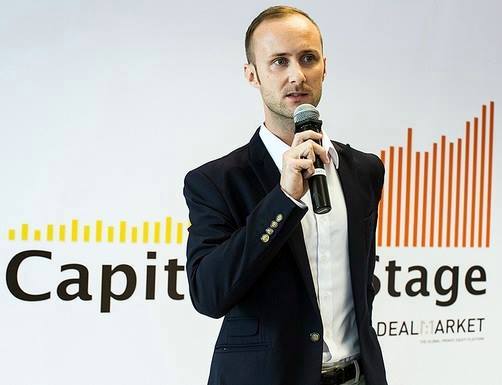 ous reasons, and because I had met them or dealt with them before, I had the capacity to help these other people achieve their own goals.
ous reasons, and because I had met them or dealt with them before, I had the capacity to help these other people achieve their own goals.
But for me this did not matter hugely. The way I saw it, perhaps helping this person may be beneficial in the future when I may need to deal with them again. Of course if that’s not the case then it’s fine, I’m still very happy to be able to help these people. But most definitely if there’s a chance that assisting people with their endeavours can make my own easier in the future, and potentially lead to new future opportunities, then it’s worth investing time in. Networks can only be valuable.
And they’re especially useful, because in industries such as that I worked in, maybe today you’ll work in one company, and tomorrow another. It moves very quickly, those working within it move the same. And making friends can only ease that movement.
DB: 鉴于您在计算机和移动技术方面的丰富经验,是什么启发您投身健康市场,创办Oclean公司?Given your extensive experience with computer and mobile technology, what inspired you to move into the health market with Oclean?
There’s a bigger picture to look at here. First, with Omate, we started with 1 product. It was a wearable smartwatch, with telecom connection capabilities. And it was focused more specifically on sports people. After 3 months of operation we raised $1 million, a remarkable feat which we weren’t prepared for. But at the same time larger brands like Samsung and Apple soon followed our direction and entered the wearable tech market too. So we had to offer something different, to stand out amongst the crowd. But our product itself was very different, technologically speaking.
Even though we were small and smartwatch focused, we were not sports focused at all, despite what our flagship product suggested. So we decided to slightly change our strategy with our next product. We noticed that competing wearable tech in the field did not have the same eye-catching appeal that modern smartphones were developing, they were not physically attractive. So we understood the significance of fashion to technology. It’s wearable technology, what you wear is almost like an extension of yourself. Technology is what you carry, fashion is what you wear. And so we understood at this point that the smartwatch, while developed for convenient utility drawn from already existing smartphones, was also being regarded somewhat as a fashion accessory.

When you invest in wearable tech, you don’t want to be wearing the same watch as everyone else. You want different colours, different straps, different designs, different brands. And we understood that bringing a touch of fashion to our wearable tech would be difficult for a small company like ours, we had no expertise or links to the fashion market – but it was an idea worth pursuing and we tried. Before we knew it companies like Google were partnering and co-operating with fashion designers to move into the market. We decided eventually to focus on tech rather than diversify so early on, it’s what we did best at the beginning, and it was what we should stick with.
So two years ago, child oriented smartwatch technology was really starting to take off, it was a new booming market. So we saw this opportunity and thought that perhaps we could move into this market with our own technology. Our product itself functions as protective wearable tech.
Now the currently existing alternatives in China were too cheap for our liking, we were positioned as a more high end tech vendor. So we developed our product as such. Our product was released as a children’s 3G wearable smartwatch: the outcome was very positive. We offered it in different colours and it appealed to children. It was an attractive piece of technology for them. So we were later contacted by an insurance company, who inquired as to whether we could develop a new version of this product, one more adult focused. For example, they were asking about making it black, adding leather straps, and whether they could work with us on the software. We were surprised
 at this proposal, our target market with this watch had primarily been those between the ages of 4-8. After developing this we were able to capture 2 niche markets, the children’s wearable tech market and that for seniors too. The larger companies like Apple, Samsung, Motorola, LG were targeting the mainstream market, the teens, the young adults, the middle aged – the 80% majority of the market. Yet the niche that we now occupied, the other 20%, was too small for them to take interest in, and so we were able to thrive. Even this smaller 20% portion of the market was still a substantial slice, and one that we were able to take for ourselves.
at this proposal, our target market with this watch had primarily been those between the ages of 4-8. After developing this we were able to capture 2 niche markets, the children’s wearable tech market and that for seniors too. The larger companies like Apple, Samsung, Motorola, LG were targeting the mainstream market, the teens, the young adults, the middle aged – the 80% majority of the market. Yet the niche that we now occupied, the other 20%, was too small for them to take interest in, and so we were able to thrive. Even this smaller 20% portion of the market was still a substantial slice, and one that we were able to take for ourselves.
We had other niche interests too. For example, a construction company came to us looking to co-develop new software for our watches with us to be used by construction workers for safety and communication purposes. But in the end these interests, these markets were all niche, and we knew that our growth potential here was limited.
This is when we decided to create Oclean. We realised that our security oriented tech was protective in nature, but not preventive. The basis for our smart toothbrush with Oclean was exactly this. And so with Oclean we had a stake now in the health market that gave us new opportunities to expand into an entirely new industry. And it doesn’t necessarily have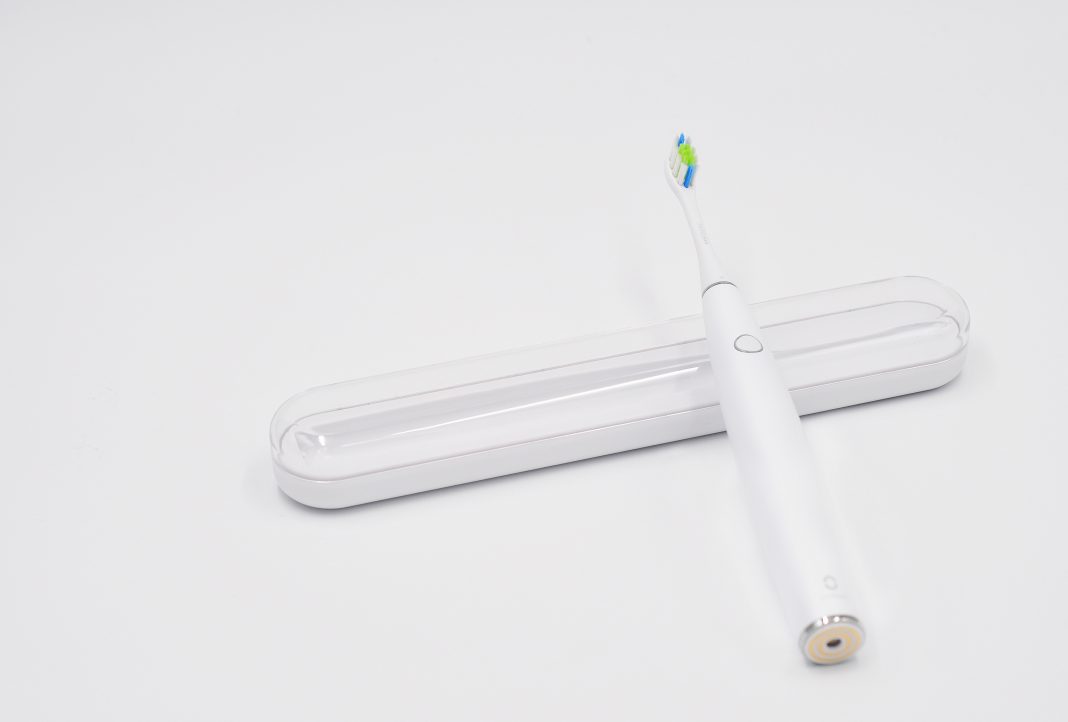 to be just oral care, perhaps in the future we could expand into skincare, into optical care, who knows. Essentially we gained access to a new market, using Omate as a strong foundation for this.
to be just oral care, perhaps in the future we could expand into skincare, into optical care, who knows. Essentially we gained access to a new market, using Omate as a strong foundation for this.
So Oclean in my eyes is very much like a spin-off of Omate, an independently operating company yet still with useful links to the other. What sets the 2 apart was Oclean focusing on preventive healthcare, and Omate focusing on protective tech. They’re 2 different markets, yet with enough similarities to allow both companies to cooperate in some sense and grow together. Both businesses specialise in producing tech that is beneficial to the individual, that has utility.
DB: 您对Omate的未来有什么规划?What is your long-term goal for Omate?
As a company, Omate is currently still small, and we still occupy our own niche. All that separates us from the many wearable tech and IoT startups that failed while we succeeded is our niche market that we were able to capture and occupy. We’re admittedly not a huge company, even now after our previous successes. But here at Omate we are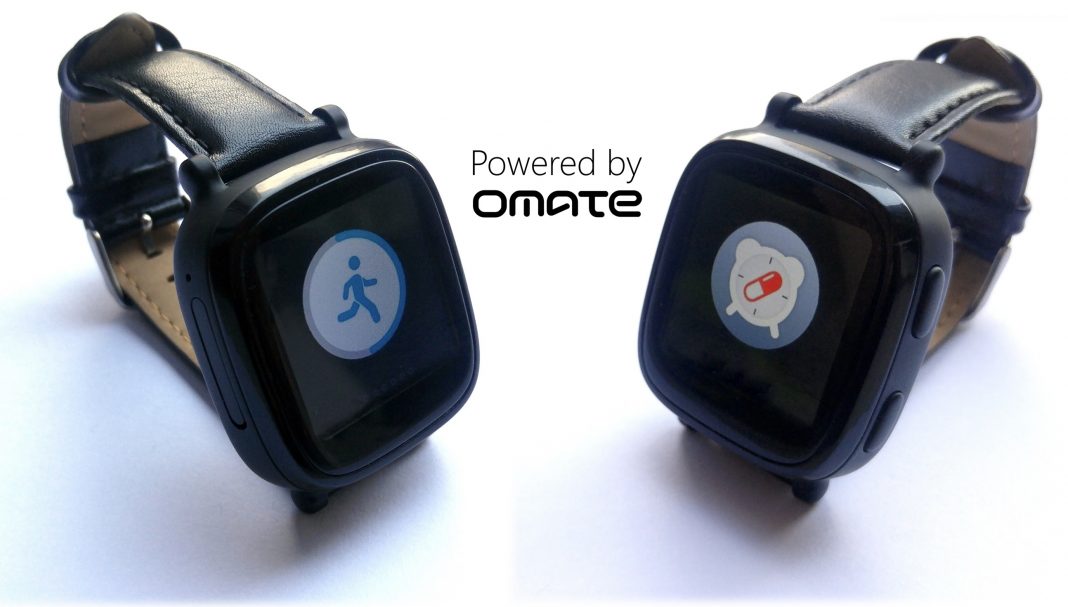 still in control of our goals, our objectives, our mission. I am still the owner of this company, and as such still have the freedom to make it what I want it to be. That doesn’t mean that Omate can’t be something greater in the future, but right now we’re very focused on what’s straight ahead of us, the short term. But maybe in the future, we will see. Maybe one day Omate can become the next Samsung, perhaps that is the way we can go, but if not, it’s fine, we need to understand that we are always as vulnerable as the next enterprise, and as such we’re extremely focused on making sure our short term goals are always met.
still in control of our goals, our objectives, our mission. I am still the owner of this company, and as such still have the freedom to make it what I want it to be. That doesn’t mean that Omate can’t be something greater in the future, but right now we’re very focused on what’s straight ahead of us, the short term. But maybe in the future, we will see. Maybe one day Omate can become the next Samsung, perhaps that is the way we can go, but if not, it’s fine, we need to understand that we are always as vulnerable as the next enterprise, and as such we’re extremely focused on making sure our short term goals are always met.
DB: 您觉得当前面临的挑战与2013年创业时面临的挑战有所不同吗?Do you feel that the challenges you face now differ from those you faced when starting in 2013?
Yes those have changed, they changed quite a bit. When you are working in a new field, for example augmented and virtual reality and artificial intelligence, you feel like anything and everything is possible. But suddenly when huge giants are entering your field with the same idea as you, then it becomes very hard to continue. So firstly, what changed in 2013 was the market, with many predicting wearable tech to be the next huge global tech trend. But later people came to realise that in fact this was not the case. Analysts, technology companies, many predicting these trends were later proven wrong when the market did not take off in the dramatic manner expected. But at least when you’re in a startup company, you’re in the learning curve, the same learning curve as everyone else. So mistakes are okay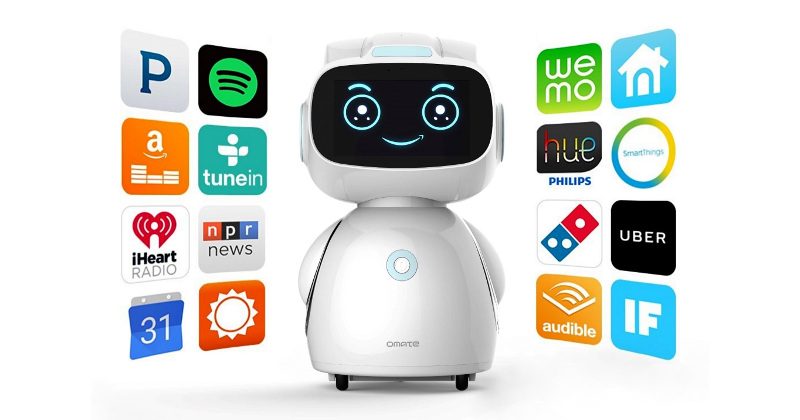 sometime, everyone is learning and trying to adapt so naturally it happens. It doesn’t matter what age you are, whether you’re a teen or an adult, it doesn’t even matter how much money you have, everyone is on the same learning curve, we’re all equal at that point. So thinking this way even Samsung and Apple, when they’re entering the wearable tech and IoT market, are learners just like us, in this market we were on equal footing, and that’s great. This is great news. What I’d say changed after 2013 is that smartwatches were not the success they were being made out to be, people began to realise that. Most of the companies that invested strongly in wearable tech are now bankrupt and dead, but others like Omate were able to survive: because we kept trying new things.
sometime, everyone is learning and trying to adapt so naturally it happens. It doesn’t matter what age you are, whether you’re a teen or an adult, it doesn’t even matter how much money you have, everyone is on the same learning curve, we’re all equal at that point. So thinking this way even Samsung and Apple, when they’re entering the wearable tech and IoT market, are learners just like us, in this market we were on equal footing, and that’s great. This is great news. What I’d say changed after 2013 is that smartwatches were not the success they were being made out to be, people began to realise that. Most of the companies that invested strongly in wearable tech are now bankrupt and dead, but others like Omate were able to survive: because we kept trying new things.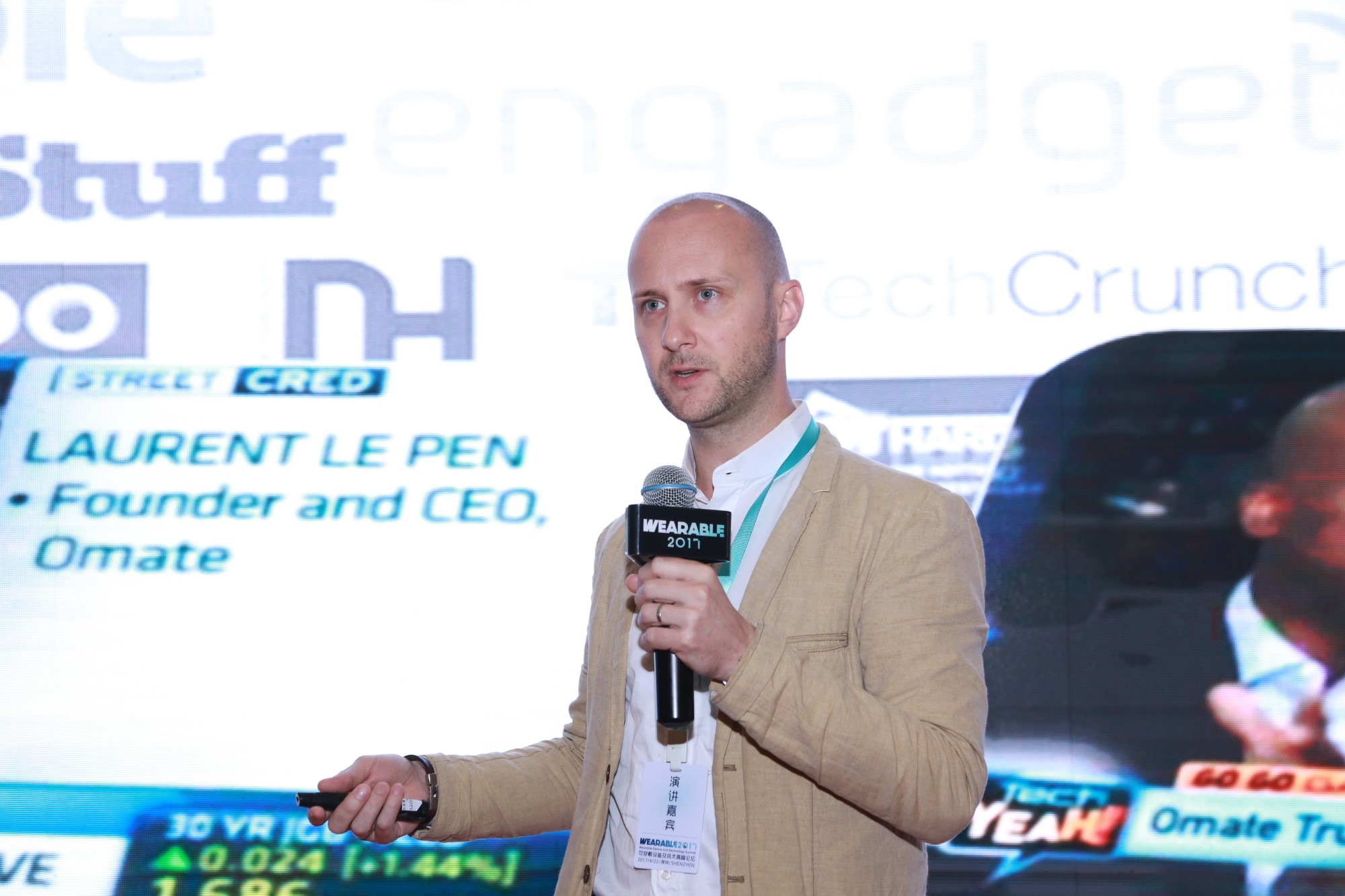
People always say to focus on one field: don’t stray too far from your roots. But actually as a startup the opposite is probably better advice. You need to focus more when you’re operating in an older, more mature and established industry. But rarely does focusing on a new industry yield positive results, it’s too risky. Trying new things here and there is a much safer and more worthwhile option – diversification is key.
Competition is also a factor. In the West for example, when you launch a new product, you may have a new competitor within a year of that product launch. But in China, you can end up with 10 in 1 month – it’s crazy how large this market is and the intense competition it’s packed with.
DB: 您能否保持强大的研发推动力,在这个日新月异的市场中持续创新?Are you able to maintain the strong R&D push needed to stay innovative in this market moving forward?
Yes. It’s important for me to work on the possible, rather than the already existing. What I mean by this is generating ideas, but more importantly turning those ideas into something tangible, making them reality. And that’s something that we have to keep doing nonstop all the time, it’s a necessary part of our work without which we would not survive in this market.
What’s most important for me though is to work on something hard. What do I mean by this? I mean to work on something difficult to repeat. It’s very hard to compete with Chinese companies here once they replicate your idea, you have to make sure their job’s as hard as possible – then you buy yourself time to earn and capture the market.
For example, we develop software for service companies, and if you look at the complete product it’s hardware combined with software. At the same time we’ve implemented connection to call centres and insurance companies in the product itself. So we’re essentially selling a service along with our product. The complete solution is very hard to replicate.
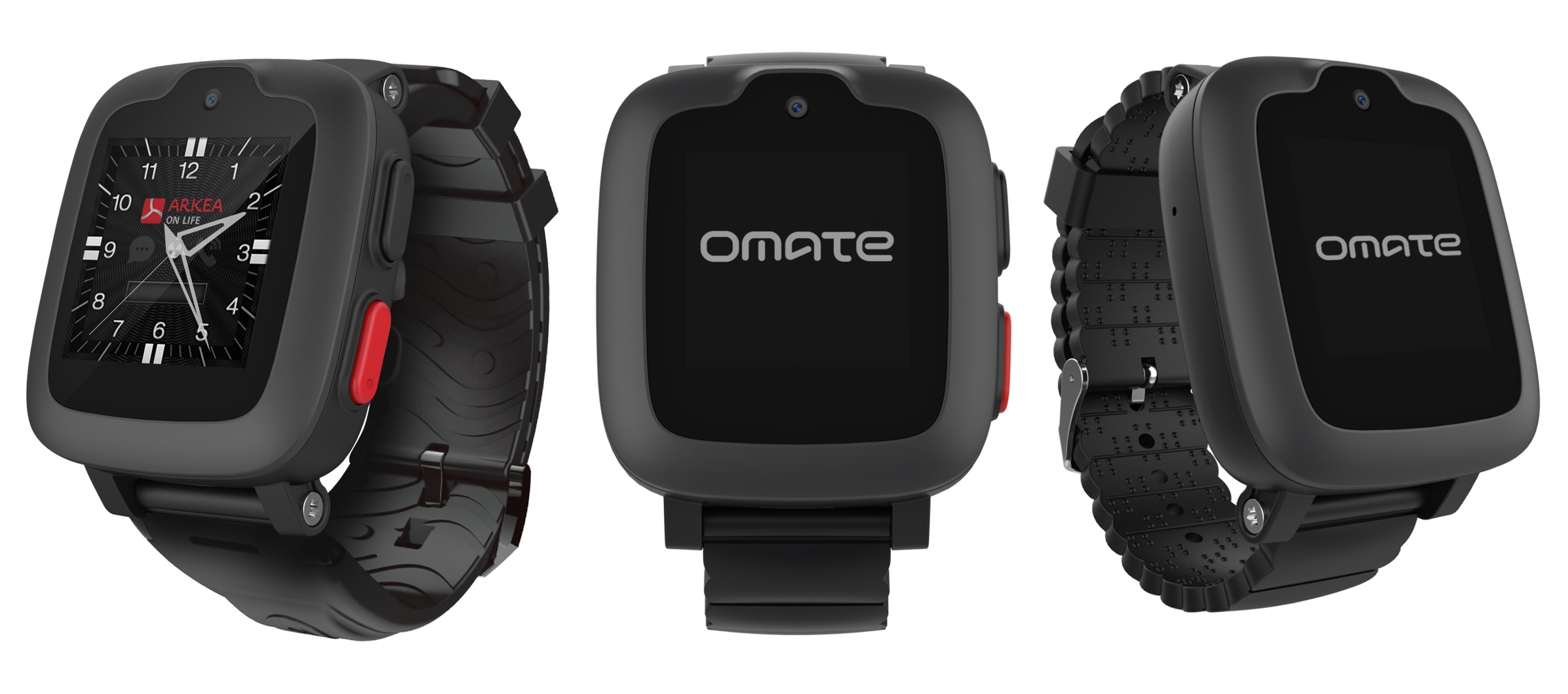
Insurance companies in say France and Germany, if they really want to do it, they don’t have the ability to replicate our wearable tech – it’s not their business. That’s when they look for someone who can fill that gap in their plan. Maybe they’ll go to China to fill this gap and recreate our product. But it doesn’t work that easily, they lack the establishment we have in China and so can’t create something as efficient, functional and cheap as we have in place already. So that’s what allows us to stay competitive. This is really smart because in the end, we’re really killing our competition.
Our market is a small one, but it’s growing. The population here is ageing, people are getting older and more in need of security products with crime always being a lingering threat. This trend goes in our favour so in that sense we are lucky.
DB: Omate目前正在开发什么新项目吗?Does Omate have any new projects currently in development?
Now is a good time for us to focus. I know I had mentioned quite the opposite before (laughs) but right now we have a product, we have something groundbreaking here. Most importantly we found our niche, we found our place in the Chinese market and that’s something not many companies find here. It’s an achievement in itself.
We have our two target markets already, the youngsters and the older citizens, we operate quite well with these two niche markets right now, and we plan to stick with the initial plan so far. 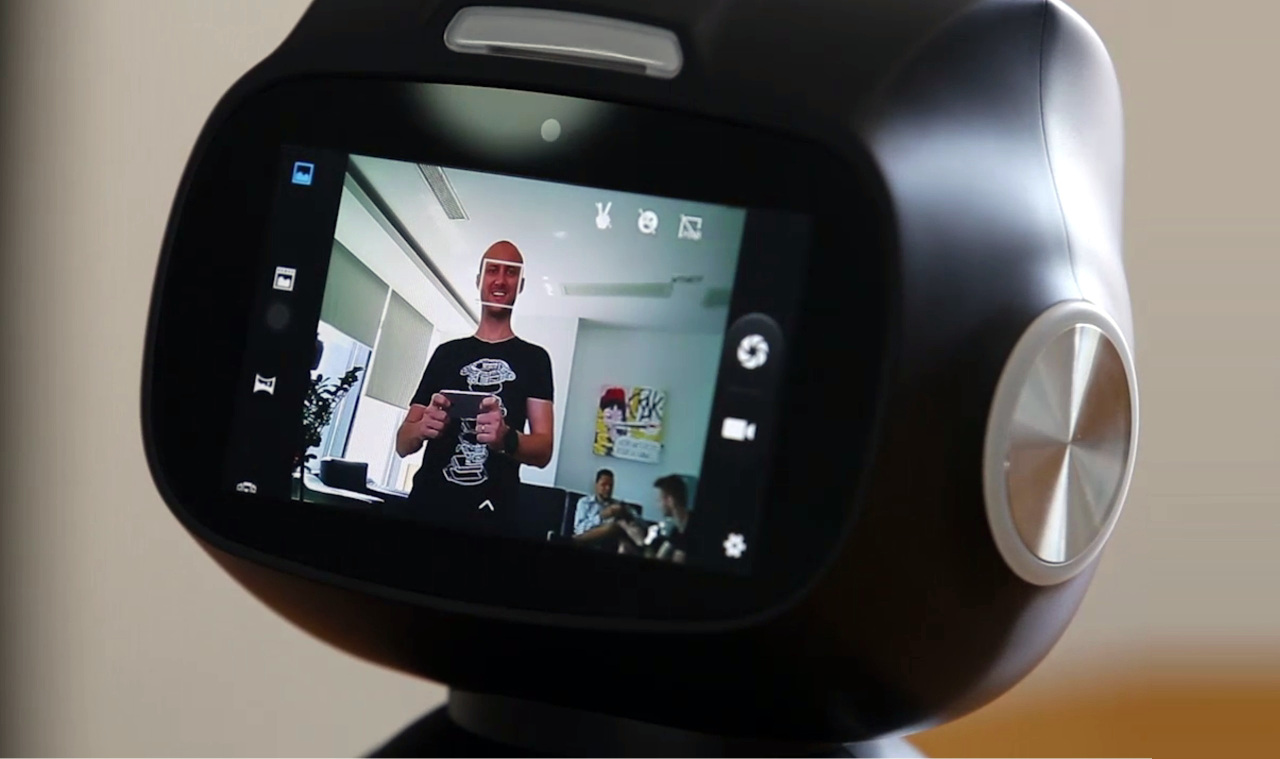
So of course we work on developing our already existing hardware and software and keeping it up to date and ahead of the competition, like I said the technology market moves very fast and we don’t want to be left behind.
And then there’s our preventive healthcare project with Oclean, that’s probably the largest recent new venture I’ve made. That’s a new market for us to explore.
We’re actually working on implementing cryptocurrency into our ecosystem as a means of incentive for users of our products. For example if the user follows the correct procedures and brushes their teeth as advised, then we can reward them with perhaps some bitcoin to encourage them to maintain those good habits. Especially for kids, this could make our products that much more engaging. We can design it almost like a game that can bring recurring revenue back to us through repetitive use and play. Kids love to be rewarded, and this can allow us to make our smart toothbrush more appealing to them – we can bring that psychological appeal to our product. So I think this is a very interesting concept that I just recently pitched to the team, it’s very unique and has real potential I think.
DB: 我们能从什么渠道了解更多‘Omate’?Where can we find out more about Omate?
Website: www.omate.com
Facebook: www.facebook.com/omateofficial
Twitter: @omateofficial
